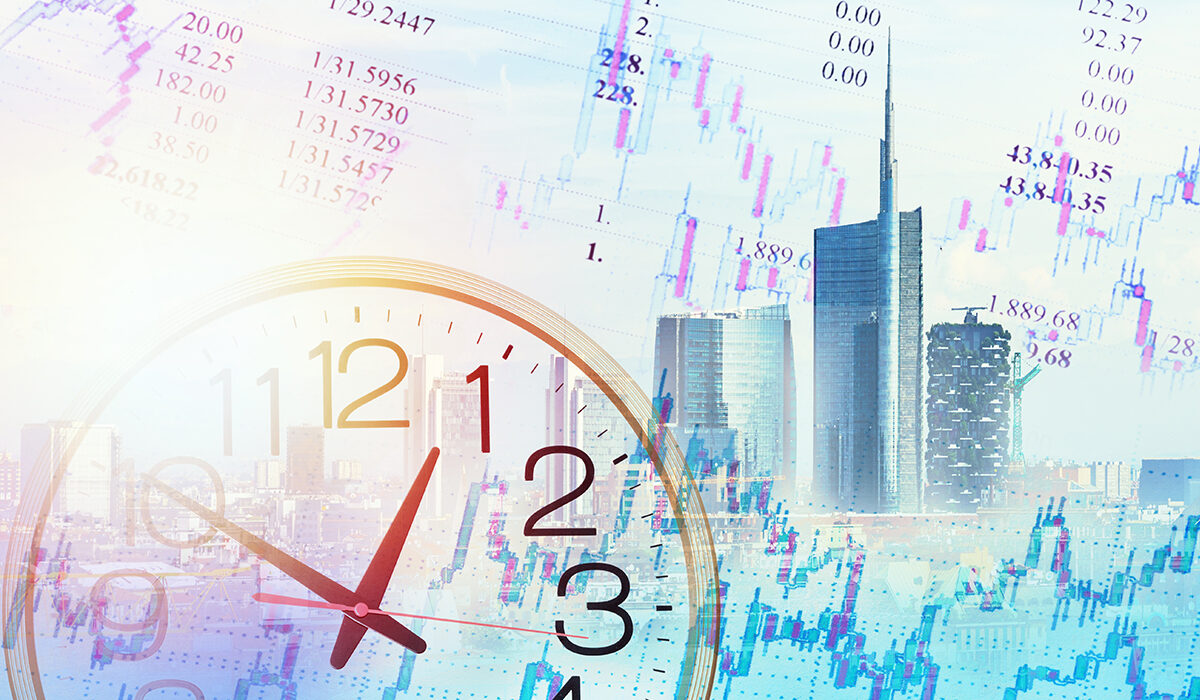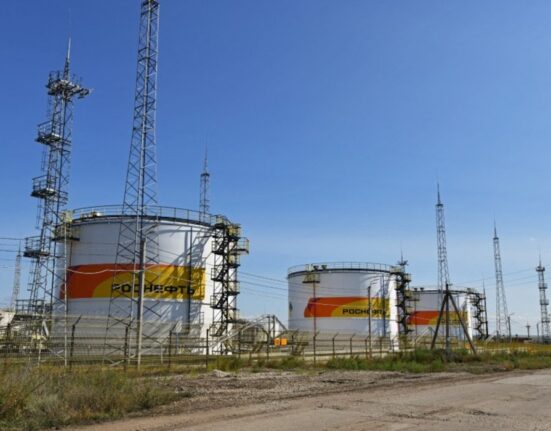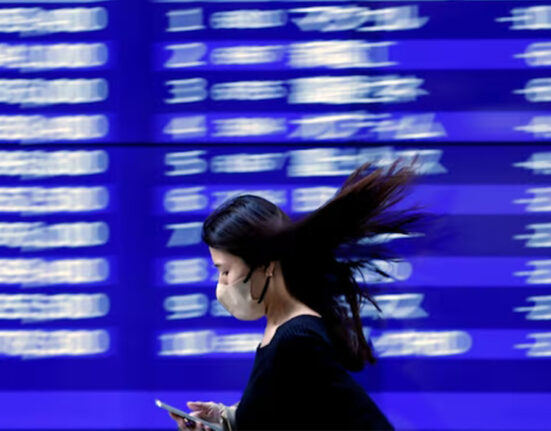The foreign exchange (Forex) market, famed as the single largest financial market globally, operates twenty-four hours a day, five days a week. This around-the-clock action makes it crucial for traders to understand the different Forex market hours and sessions, as these dictate the ebbs and flows of liquidity and volatility, influencing trading strategies and potential returns. This article delves into the intricate world of Forex market hours and sessions, providing insights that can help navigate this ceaseless market.
The 24/5 Market
The Forex market is unique due to its continuous operation during weekdays, barring the weekends. Unlike stock markets, which open and close at specified times, the decentralized nature of the Forex market sees it run incessantly through a network of banks, institutions, and individual traders, all participating in trading currencies.
Understanding Time Zones
The key to mastering Forex market hours is grasping the four major trading sessions and their corresponding time zones:
- Sydney Session (Australian) – Opens at 5:00 PM and closes at 2:00 AM (EST).
- Tokyo Session (Asian) – Opens at 7:00 PM and closes at 4:00 AM (EST).
- London Session (European) – Opens at 3:00 AM and closes at 12:00 PM (EST).
- New York Session (North American) – Opens at 8:00 AM and closes at 5:00 PM (EST). These times may vary slightly due to daylight saving adjustments. It’s vital to convert these times into your local time zone to manage your trading activity effectively.
These times may vary slightly due to daylight saving adjustments. It’s vital to convert these times into your local time zone to manage your trading activity effectively.
Liquidity and Volatility Dynamics
Liquidity and volatility are cornerstones of the Forex market, fluctuating throughout the day as different sessions overlap:
- Sydney session – It’s the start of the Forex clock, yet it’s generally considered a less volatile period due to lower trading volume. However, this session sets the tone for the currency valuations that will be used as benchmarks for the day.
- Tokyo session – This session sees an uptick in activity, with the Japanese Yen being the most actively traded currency. Significant price movements can often be observed during this period, especially in the Asian-Pacific currency pairs.
- London session – The European session is when the Forex market truly comes to life. The substantial increase in trading volume leads to higher volatility, providing significant opportunities for traders. The overlap with the Tokyo session in the early hours and the New York session later creates periods of even more pronounced volatility.
- New York session – Incorporating a hefty chunk of Forex transactions, the U.S. session brings in high liquidity and volatility, especially in U.S. Dollar-related currency pairs. The overlap with the London session is one of the busiest periods in the Forex market, often leading to sizable price movements.












